The Wonderful World of Sea Lions
Sea lions are charismatic marine mammals that captivate observers with their playful nature and impressive adaptations. Often mistaken for seals, these animals belong to a unique branch of the pinniped family, boasting distinct characteristics and a fascinating life history. This comprehensive guide delves into the world of sea lions, exploring their biology, behavior, habitats, and their relationship with both the ecosystem and humankind.
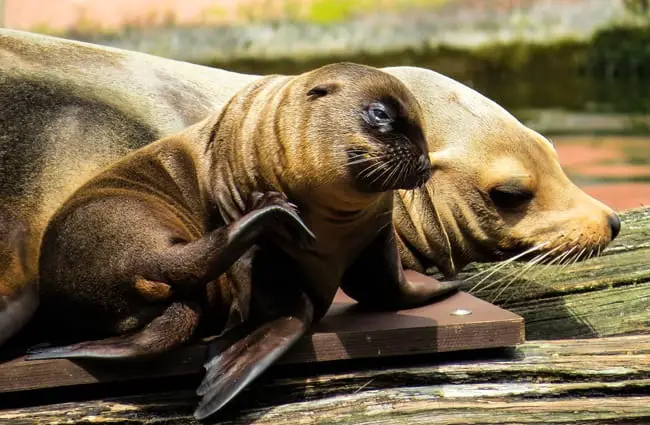
Understanding Sea Lion Biology
Sea lions belong to the family Otariidae, commonly known as eared seals. This family is characterized by the presence of external ear flaps, a feature absent in true seals. Several species exist, broadly categorized as California sea lions, Steller sea lions, South American sea lions, and Galapagos sea lions, each with unique geographical distribution and slight variations in size and behavior.
Physical Characteristics
Sea lions exhibit a streamlined body shape ideal for aquatic life. Males are significantly larger than females, often reaching lengths of 8 to 11 feet and weighing between 600 to 2200 pounds. Females typically measure 6 to 9 feet long and weigh between 200 to 800 pounds. Their coat consists of fur that provides some insulation in cold waters, ranging in color from light brown to almost black. A notable feature is their ability to vocalize loudly, earning them the name “sea lion” because of their lion‑like roars.
Evolutionary History
The evolutionary journey of sea lions traces back to land‑dwelling carnivores approximately 30 million years ago. These ancestors gradually adapted to a semi‑aquatic lifestyle, eventually developing the streamlined bodies, flippers, and other characteristics that define modern sea lions. Fossil records reveal a complex history of diversification and adaptation, with different species evolving to fill specific ecological niches.
Habitat and Distribution
Sea lions inhabit coastal regions across the Pacific and South American oceans. The California sea lion is found along the western coast of North America, from Baja California to Alaska. Steller sea lions favor the colder waters of the North Pacific, inhabiting coastal areas of Alaska, Russia, and Canada. South American sea lions populate the coasts of South America, while Galapagos sea lions are endemic to the Galapagos Islands.
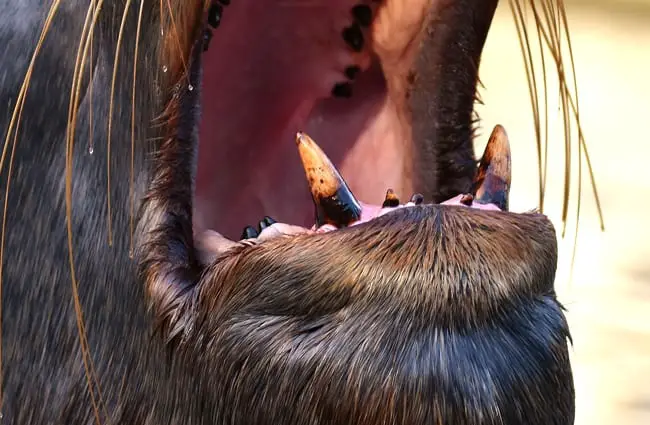
They prefer rocky coastlines, sandy beaches, and sheltered bays, providing ideal haul out locations for resting, breeding, and pupping. These haul out sites are crucial for their survival, offering protection from predators and a social gathering place.
Diet and Feeding Behavior
Sea lions are opportunistic predators, primarily feeding on fish, squid, and occasionally shellfish. Their diet varies depending on location and prey availability. They are skilled hunters, employing speed and agility to capture their prey. Sea lions often forage in groups, coordinating their efforts to herd fish or squid into concentrated areas.
Foraging Strategies
Sea lions utilize diverse foraging strategies, including plunge diving, pursuit diving, and bottom feeding. Plunge diving involves diving from the surface to capture prey, while pursuit diving entails chasing prey underwater. Bottom feeding involves searching for prey on the seafloor. They can hold their breath for extended periods, allowing them to dive to significant depths.
Reproduction and Life Cycle
Sea lions exhibit a polygynous mating system, where dominant males compete for access to females. Breeding season typically occurs in late spring and early summer. Males establish territories and defend them fiercely, engaging in vocalizations and physical confrontations with rivals.
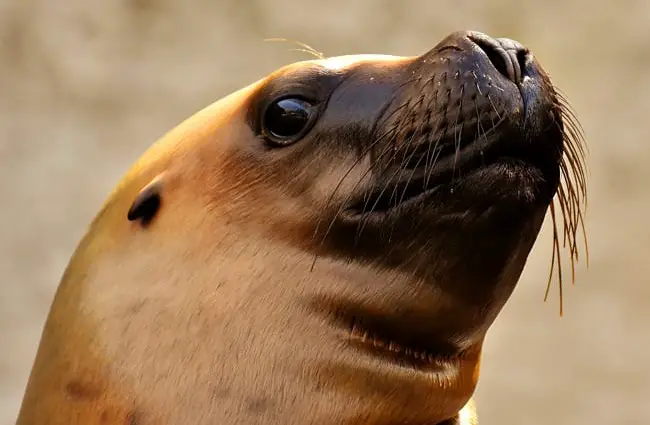
Pupping Season
After a gestation period of approximately 11 to 12 months, females give birth to a single pup. Pups are born precocial, meaning they are relatively well developed at birth. Mothers nurse their pups for several months, providing them with essential nutrients for growth and development. Pups are vulnerable to predation and often huddle together for protection. They learn to swim and forage by observing their mothers.
Life Expectancy
Sea lions typically live for 15 to 20 years in the wild, although some individuals may live longer. Their lifespan is influenced by factors such as food availability, predation pressure, and disease.
Sea Lions and the Ecosystem
Sea lions play a crucial role in marine ecosystems, serving as both predators and prey. As apex predators, they help regulate populations of fish and squid. They also serve as a food source for sharks and killer whales. Their presence indicates a healthy and productive marine environment.
Interactions with Other Animals
Sea lions often interact with other marine mammals, such as dolphins and whales. They may share foraging grounds or compete for resources. They also interact with seabirds, sometimes competing for fish or squid.

Human Interactions
Historically, sea lions were hunted for their fur, meat, and oil. However, conservation efforts have led to significant population recoveries in many areas. Today, sea lions are protected by law in most countries.
Challenges and Threats
Despite conservation successes, sea lions still face various threats, including entanglement in fishing gear, habitat loss, pollution, and climate change. Entanglement in fishing gear is a major cause of mortality, particularly for young animals. Habitat loss due to coastal development reduces haul out sites and breeding grounds. Pollution contaminates their food supply and weakens their immune systems. Climate change alters ocean temperatures and prey distribution, impacting their survival.
Responsible Tourism and Observation
When observing sea lions in the wild, it is important to maintain a safe distance and avoid disturbing them. Do not approach them closely, feed them, or make loud noises. Respect their space and allow them to behave naturally. Support responsible tourism operators committed to conservation.
Sea Lions in Culture
Sea lions have long been a source of fascination for humans, appearing in the art, mythology, and folklore of coastal cultures. Indigenous peoples of the Pacific Northwest often depict sea lions in their carvings and storytelling, recognizing their importance as a source of food and cultural significance.
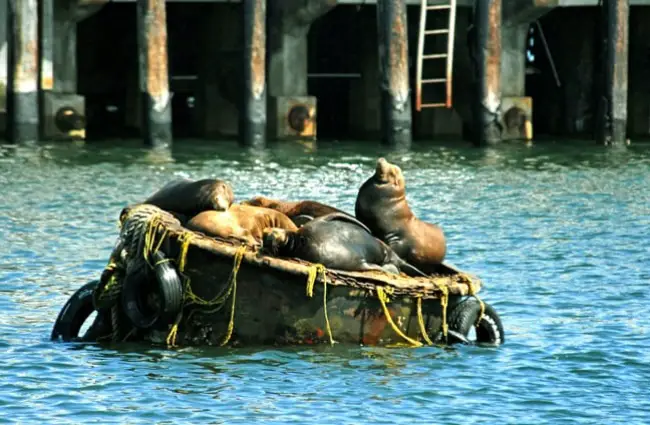
For Zookeepers and Caregivers
Caring for sea lions in captivity requires specialized knowledge and attention. Their diet should consist of high quality fish, supplemented with vitamins and minerals. Enclosures must be spacious and provide opportunities for swimming, diving, and haul out. Regular veterinary checkups are essential to monitor their health and prevent diseases. Enrichment activities, such as puzzle feeders and underwater toys, help stimulate their minds and keep them active. Social interaction with other sea lions is crucial for their well being.
Encountering a Sea Lion in the Wild
If you encounter a sea lion while hiking or exploring the coast, observe it from a safe distance. Do not approach it, attempt to feed it, or disturb it in any way. If it appears injured or distressed, contact local wildlife authorities for assistance. Keep pets leashed and under control to prevent potential conflicts.
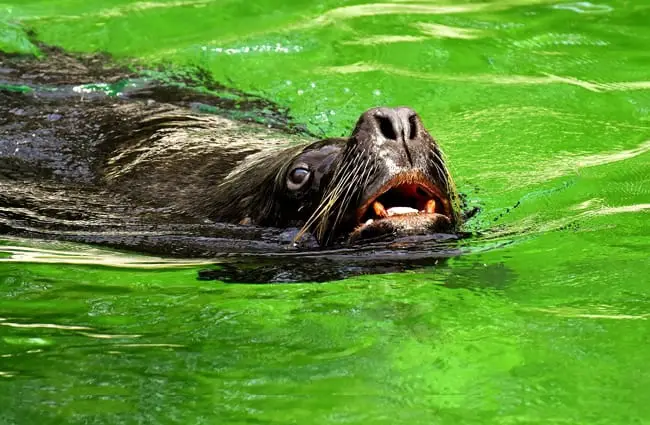
Fascinating Facts about Sea Lions
- Male sea lions have a distinctive mane of thick fur around their necks.
- Sea lions can swim at speeds of up to 25 miles per hour.
- They can hold their breath for up to 10 minutes.
- Sea lions are highly intelligent and trainable.
- They communicate using a variety of vocalizations, including barks, roars, and growls.
- Sea lions often engage in playful behavior, such as sliding on rocks and chasing each other in the water.
- Their whiskers help them detect prey in murky water.

Sea lions are truly remarkable creatures, embodying the beauty and resilience of marine life. By understanding their biology, behavior, and ecological role, we can better appreciate these captivating animals and work toward ensuring their survival for generations to come.

![Red Angus Closeup of a beautiful Red Angus cowPhoto by: U.S. Department of Agriculture [pubic domain]https://creativecommons.org/licenses/by/2.0/](https://animals.net/wp-content/uploads/2020/03/Red-Angus-4-238x178.jpg)




![Red Angus Closeup of a beautiful Red Angus cowPhoto by: U.S. Department of Agriculture [pubic domain]https://creativecommons.org/licenses/by/2.0/](https://animals.net/wp-content/uploads/2020/03/Red-Angus-4-100x75.jpg)

